In his workshop in Castle Market, below Denise O’Connor’s Rare Jewellery boutique, Sam Lafford opens a tiny blue box. Inside, cushioned on blue foam, are three brilliant cut antique 5ct diamonds – real blockbusters. He shows me his detailed drawings of how he is going to set them and describes the challenges because of their size and relationship. “It will be the biggest diamond ring in Ireland,” he says with a smile. Given that discretion has to be taken for granted, there’s no point in asking who the client is.
The second item, the Frida, a pendant from his Jolly Rodger collection based on pirate motifs, is powerful and talismanic, emblematic of Frida Kahlo, the celebrated Mexican artist who inspired it. It features a small black skull hand carved from Siberian jet with intense green eyes – rare Namibian garnets whose intensity and brilliance is greater than diamonds – crowned with hand-cut flowers of chalcedony, iolite, citrine and carnelian. From it hangs an enamelled Art Nouveau frame with rose cut diamonds and a natural pearl. It is an arresting show piece.
Another brooch is an intricate diamond circle with cobwebby strands, its centrepiece a tiny jewelled spider that detaches on a floating chain, further evidence of Lafford’s craft and technical expertise. Serious machinery furnishes his workshop – a rolling mill, draw bench, polishing machines, goldsmiths benches, bench pins “which haven’t changed since antiquity”, as well as hand files and steel triblets for measuring ring sizes, though he started with a piercing saw and drills, “the basic way of making chain mail”, he says.
Well known throughout Ireland for his reputation as a master craftsman, Lafford works to commission. His signature gestured hands in oxidised or sterling silver with yellow gold bangles, “stories told on hands”, sell in Designyard at prices from €310 upwards. There, his pieces include a stunning ring with a central Ceylon blue sapphire set in platinum and yellow gold, its pinched setting typical of the Victorian era. Called the Lizbeth, it comes with a price tag of €28,680.
‘I am divorced at 60, envious of my ex-husband’s new life and struggling with loneliness’
Look inside the most expensive house sold in Dublin so far this year
‘I learned about Irish time. People arrive late and think they are on time’
Bishop Casey’s Buried Secrets review: ‘He had no fear of being caught’
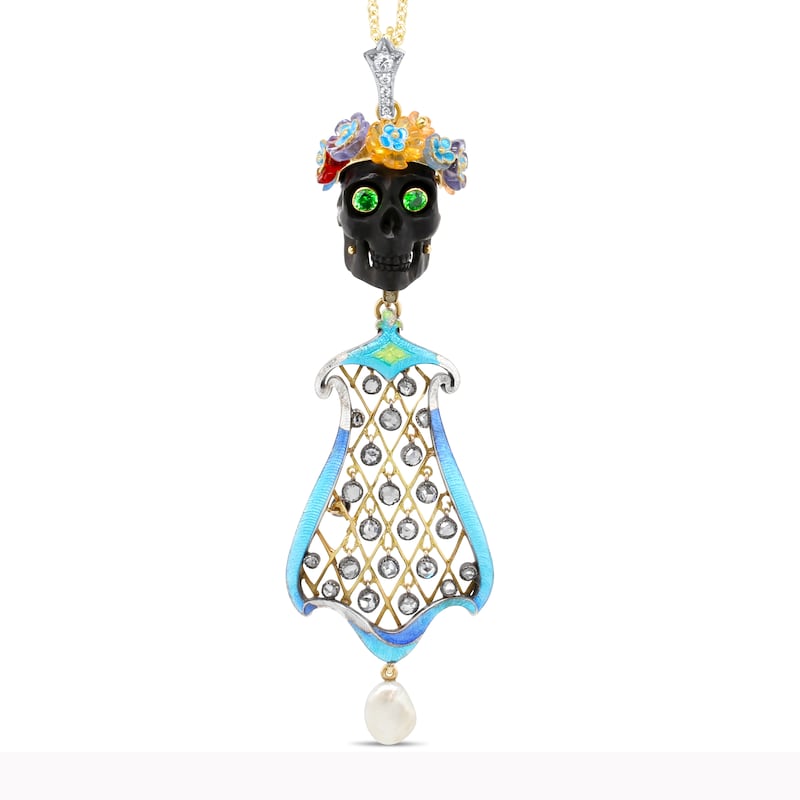
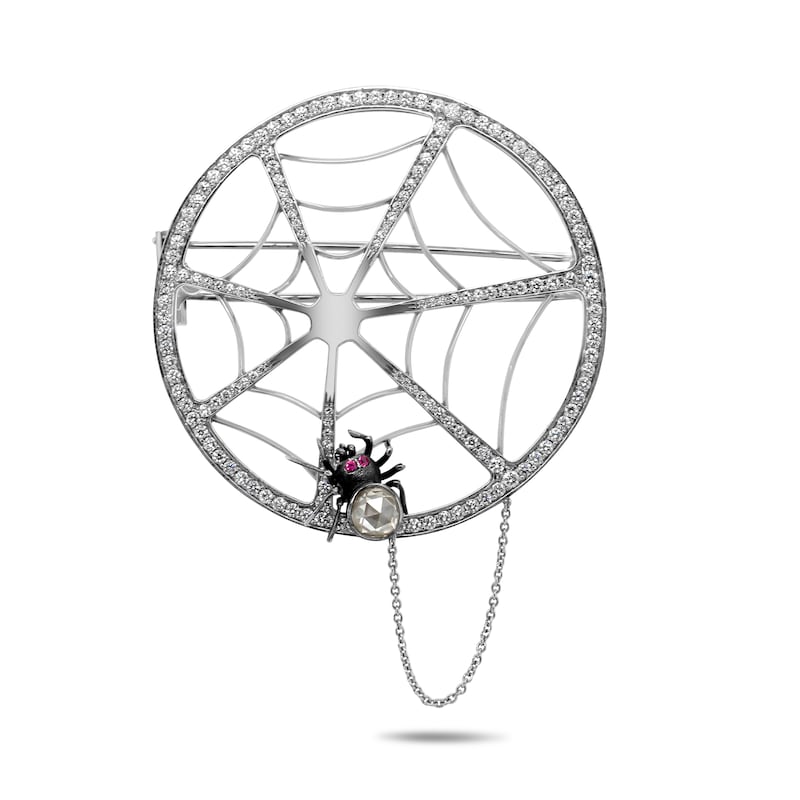
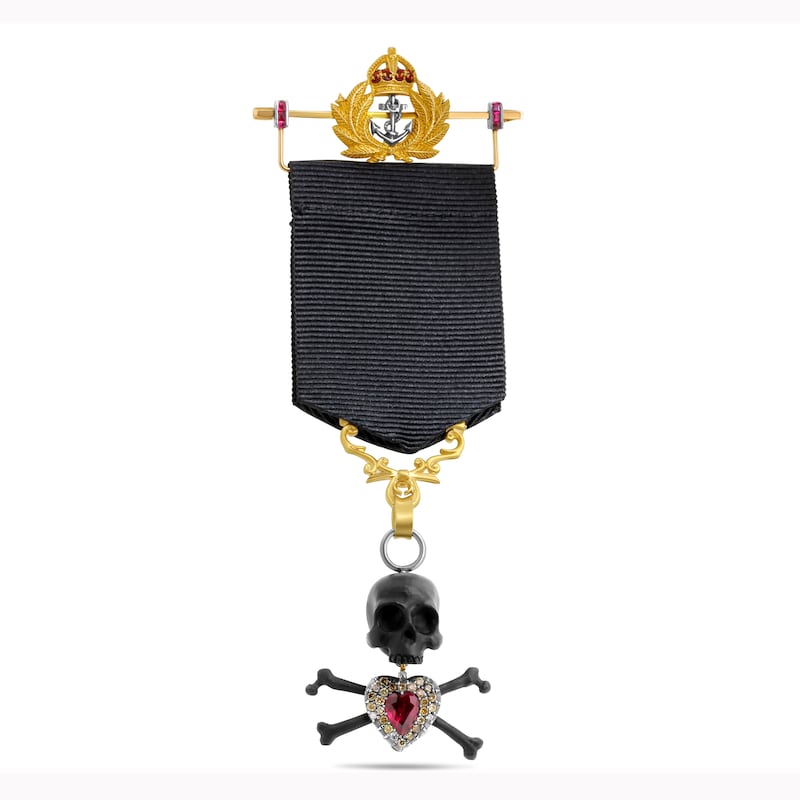
Lafford, who is 47, was born in Zimbabwe and moved to South Africa with his family when he was seven, growing up near Port Elizabeth in the Eastern Cape. Following in the footsteps of his father and grandfather (his great-grandfather was an English blacksmith), he qualified as a toolmaker, working for a while as a retrofit engineer, but always loved making jewellery as a child. His parents moved to Ireland in 1999, he joined them two years later and took up a year-long training course run by the Company of Goldsmiths and FAS in Dublin. After further experience with Paul Wojcik of ESL Jewellery in Dublin for four years, he set up on his own. Vintage techniques that he studied assiduously after accepting commissions from John Farrington Antiques became – and remain – a constant source of fascination.
Quietly spoken, modest, still retaining his South African accent, Lafford is quick to admit that he didn’t study design, “but I keep pictures in my head and I design what I haven’t seen, what I call negative space”, he says. “It’s like music free-styling. I have my symphonies and know what will go with what. Real simplicity in jewellery making is technically the hardest thing to do. I don’t rush the little details.” His most high-profile commission was the sapphire and diamond earrings and necklace worn by Sabina Higgins for the historic banquet in Windsor Castle in 2014 with the queen, which took him almost three weeks to complete.
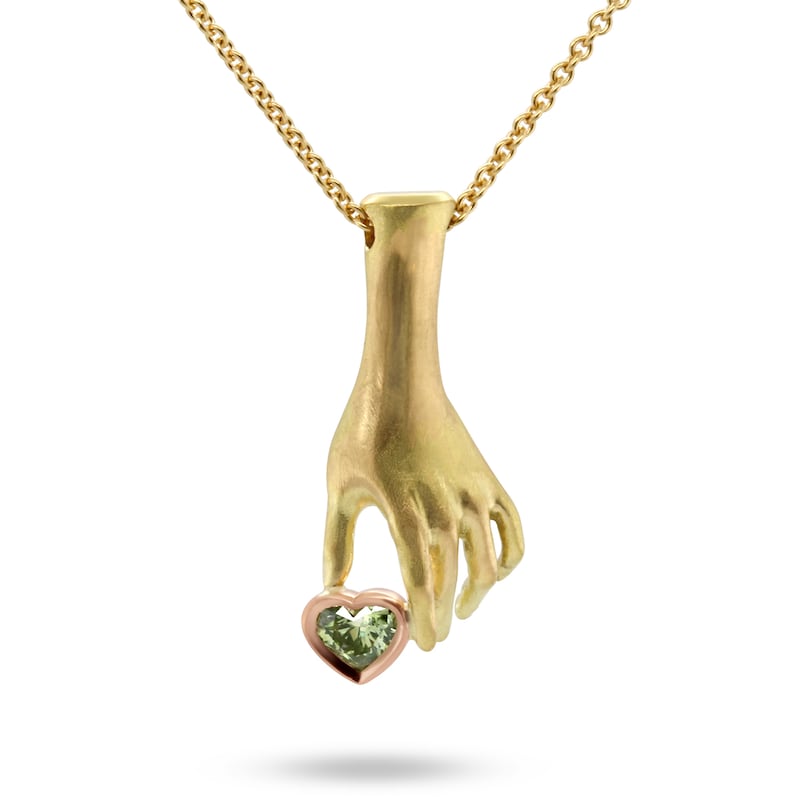

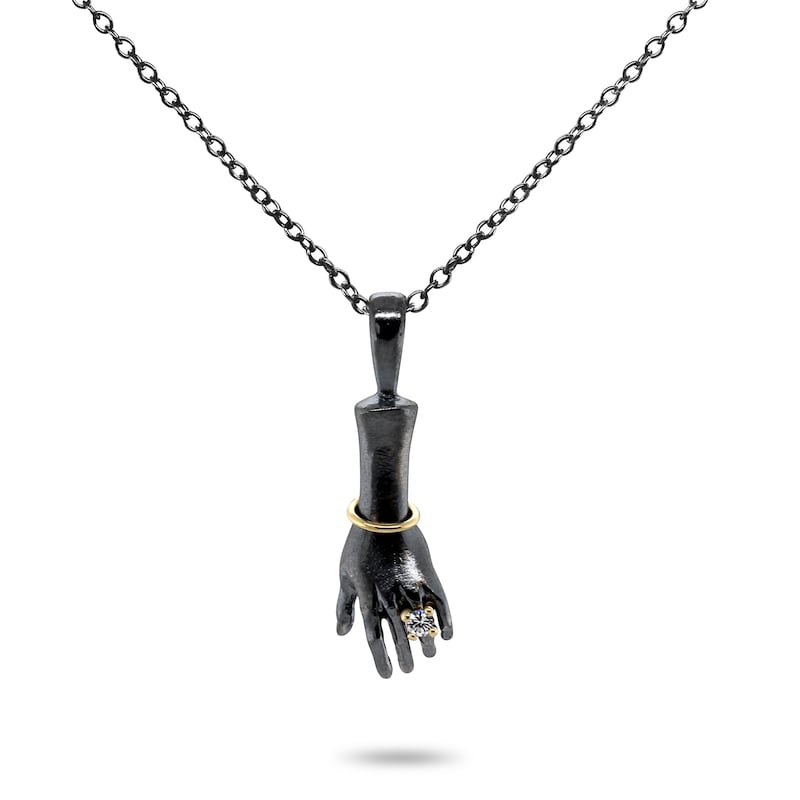
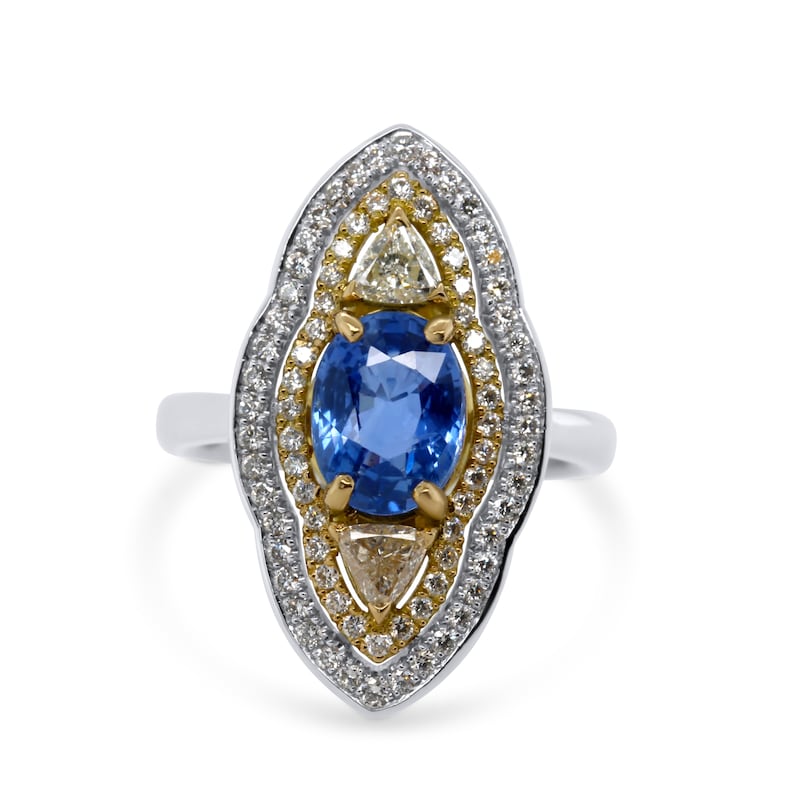
One of his great skills is his expertise in recycling and updating vintage pieces, and restoring antique jewellery. He collects antique pieces, rings and stones and then finds ways of assembling them together into something new. “Not too many people in Ireland are able to restore or remodel antique jewellery. Handmade expertise gives you a different experience of pieces. Schools only teach creative making and not traditional restoration. There is a lot of hard-earned experience in how to manipulate the techniques,” he says, showing an antique silver-stemmed rose he plans to reinvigorate as a brooch with subtle details. “I am fascinated by the skills and talent in Ireland, and how we don’t project that outside. During the 1700s and 1800s, Irish provincial silver was more valuable than English silver.”
The day we met he was wearing three silver bracelets, one studded with 15 old cut diamonds set into a silver-style gold back. For men, he has also made monogrammed silver buckles to commission for leather belts, including those of Hermes that have signature fixtures. He is working on a medallion composed of found pieces hung with grosgrain.
With interns from Switzerland and the Netherlands, his is a busy workshop and he is proud that he has already trained almost a dozen jewellers, believing in the importance of passing on skills and craftsmanship. Following in the family tradition, the youngest of his three children, 11-year-old Xavier, has fashioned a collection of small, chunky silver alphabet letters on pendants, which already has a following in Designyard.
Among his many fans is designer Peter O’Brien for whom he remade a ring from a broken mid-Victorian brooch. “We bonded over old mine cut diamonds,” says O’Brien. “What I love about Sam is that he is so passionate about old jewellery techniques and using them to design modern versions. Like me, he gets very excited about an old stone cut by hand and I just love that he really cares and takes his time and there are no short cuts when so much today is done by conveyor belt.”




